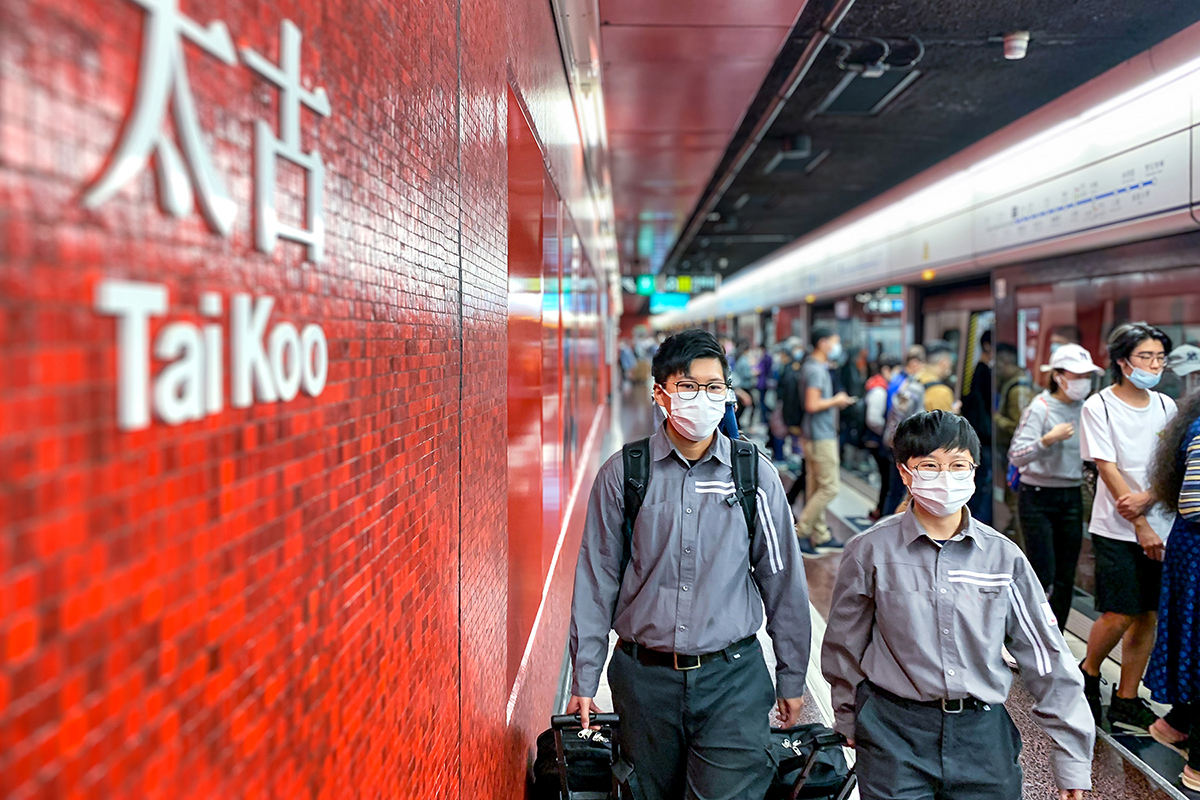One Taikoo Place, Hong Kong SAR, China
High, higher, Hong Kong
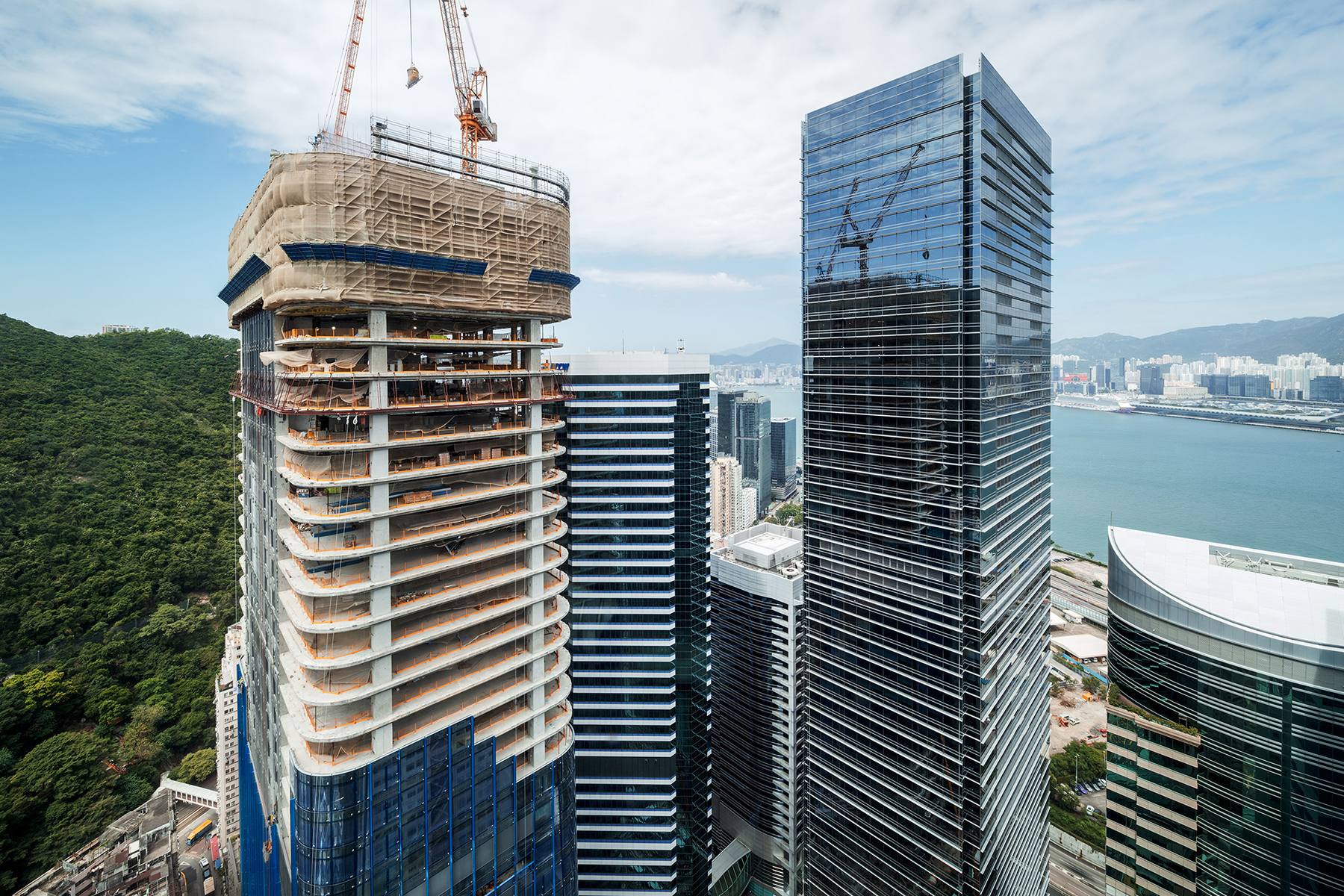
The 48-story One Taikoo Place reaches high into the sky. The skyscraper is in good company, since buildings in this metropolis –home to millions – are on average 20 stories taller than they were 40 years ago. Hong Kong relies on high-performance elevators, with the city proving an ideal location for Schindler to showcase its innovative streak, environmental awareness, and customer excellence – day in, day out.
Through its enormous windows, the elevator lobby at One Taikoo Place on the eastern side of Hong Kong Island offers magnificent views across the harbor. Not that the building’s thousands of office workers have much time to stand and admire it: thanks to the Schindler PORT technology, they are transported swiftly to their floor. Passengers using the elevators at One Taikoo Place each day value speed and comfort the most.
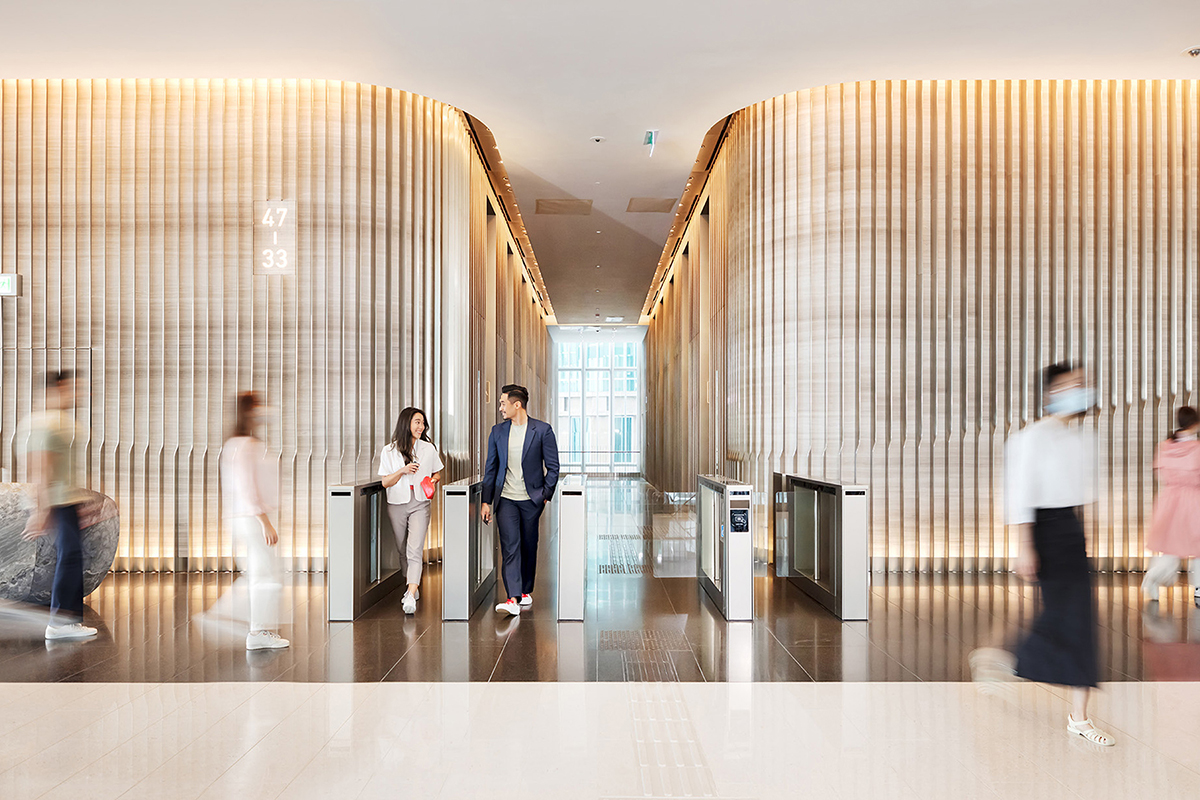
For Swire Group, the developer behind One Taikoo Place, innovation and sustainability trump the rest. The project, completed in 2018, is the jewel in the redevelopment of the Quarry Bay district of Hong Kong, with One Taikoo Place becoming the city’s first commercial building to receive a triple Platinum certification for its sustainable design and performance provided by green building rating system LEED.
From the outset, Schindler’s input was crucial to receive such certification. “In the early stages of construction, one of the recommendations from the construction firm was the use of self-climbing elevators,” says Derek Chan, Schindler’s Field Operations Head & Service Director, who has been with the company for 31 years (and is a 40th-floor resident). “Schindler ClimbLift makes use of the core elevator shaft to house temporary elevators. This means that our workers and materials can reach the different floors of the structure more quickly. Changing over to permanent elevators as the build progresses is a straightforward process. It is all a question of safety and efficiency.”
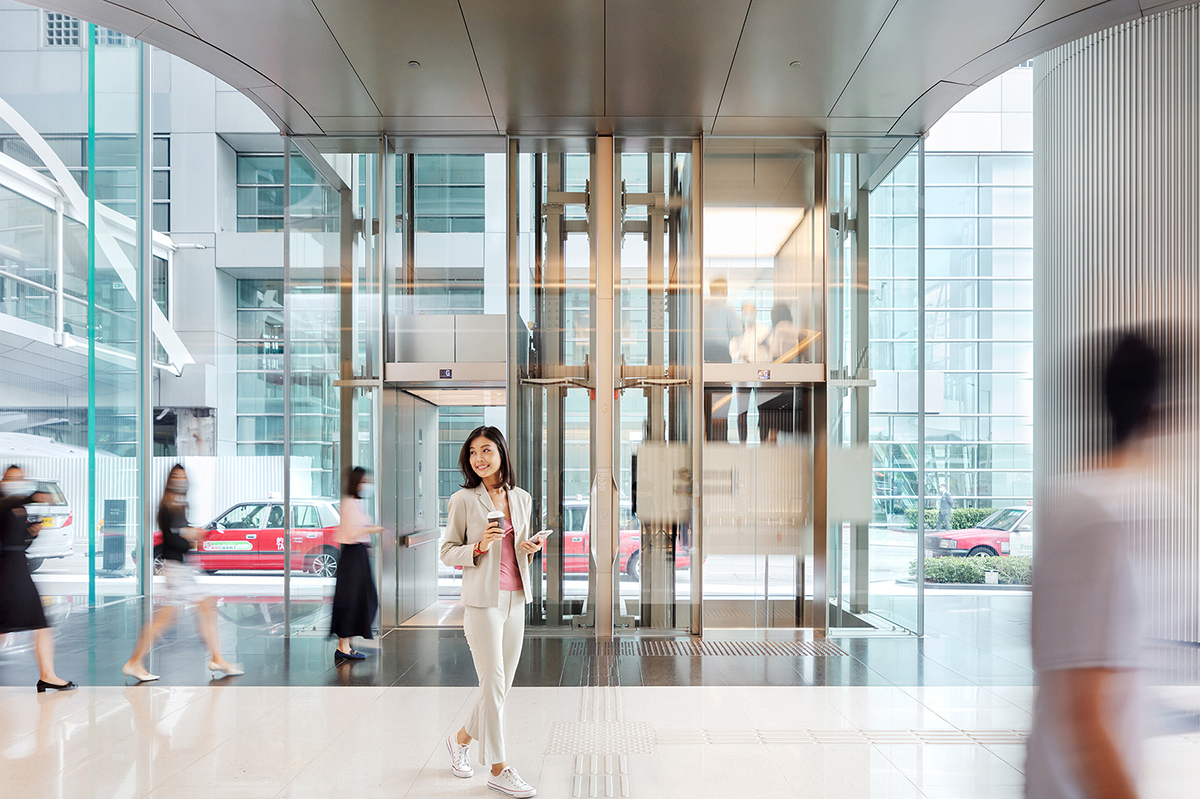
And as the city’s increasing number of extreme weather events, such as typhoons and lightning, make outdoor work increasingly dangerous, the focus on safety becomes even more important. Derek Chan believes innovations like Schindler ClimbLift provide the perfect work-around and that the additional challenges from climate change prove the importance of Schindler’s R&D capabilities.
The city of Hong Kong, where tens of thousands of elevators are used each day, has always been a market receptive to elevator innovation – but perhaps even more so since the SARS outbreak in 2003, which saw mobility across the territory brought to a standstill. In more ways than one, the 2003 SARS outbreak served as a kind of rehearsal for COVID-19. One Taikoo Place was able to reap the benefits of the insights that had been gained in infection control during that period. By the second quarter of 2020, escalator handrails already had built-in UV sanitizers and passengers could operate elevators using touchless sensors. The Schindler PORT technology also ensures that traffic patterns can be monitored to avoid large groups of passengers and ensure the safety of building users.
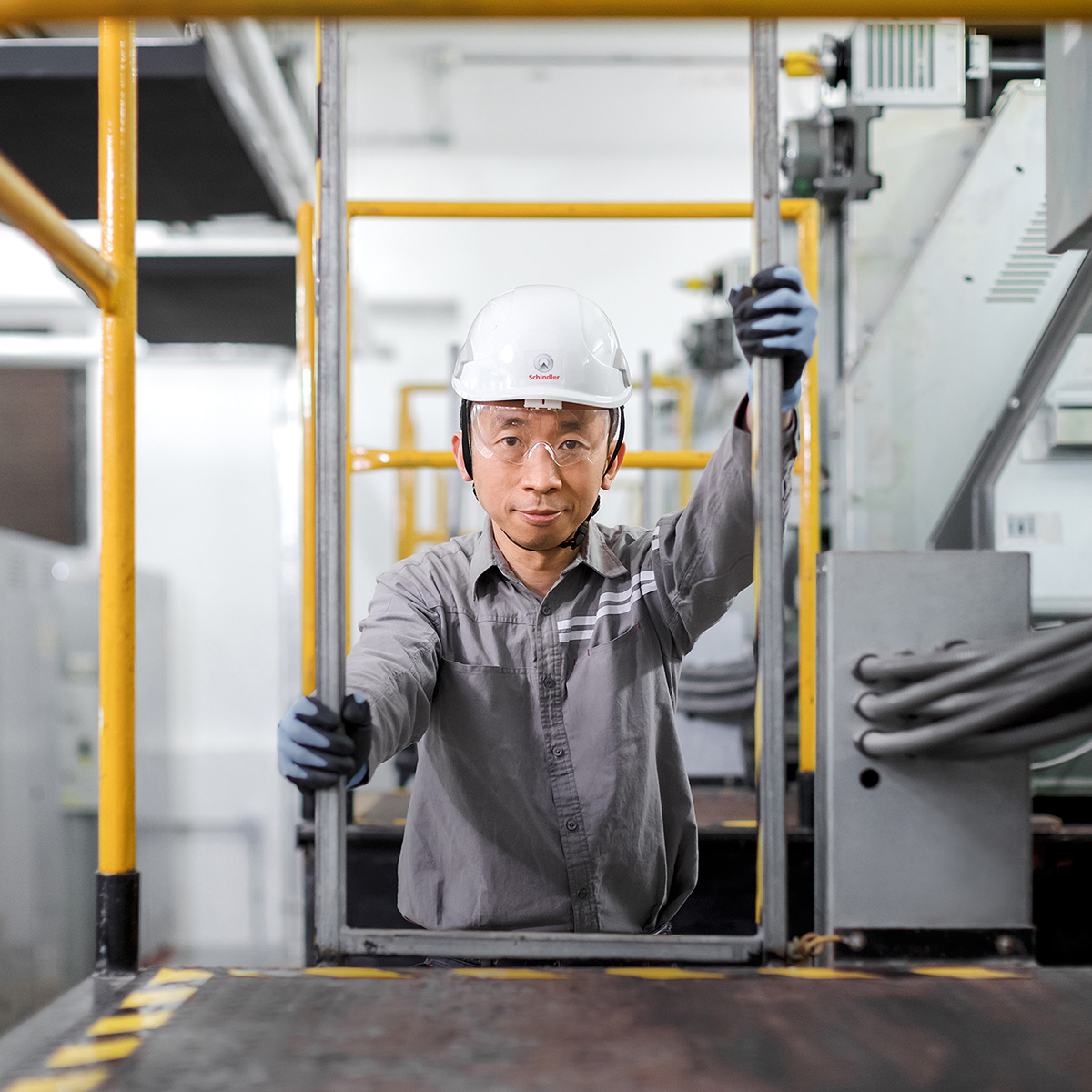
In Hong Kong, which was quick to adapt to the pandemic, a strong focus is now being placed on modernizing elevators. “This creates a new opening in the market,” says Derek Chan. “Innovation is in Schindler’s DNA. So the company is ideally positioned to meet the long-term needs of this elevator-savvy population.”
